The story of Wilgefortis: The woman who was liberated from marrying
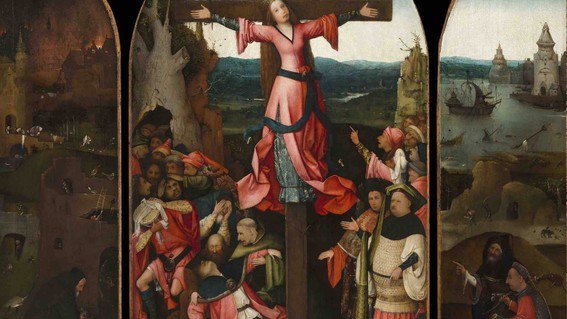
This woman followed the conviction of keeping her vows of chastity to death.
Getting married can be the dream of many women. To have a well planned future, to live next to someone for the rest of their lives, to be called "the woman" of someone. For a few others, this is a nightmare.
Although even today marriages for convenience are a macho reality, in antiquity they were more: in front of the eyes of everyone, women were forced to marry men with whom they did not want to be married. That was the case of Wilgefortis, a woman who became "Saint" after a terrible story.
Despite being the daughter of a pagan king of Portugal, he professed the Christian religion. Therefore, he promised to keep his vow of chastity. However, by his father's command, he was obliged to marry a powerful man of the place. fervently, she objected. Because there was not a single human power that could avoid the fateful fact, she begged God to avoid it:
He asked to be ugly, ugly. There was no other way out than that. Making an act of his omnipotence, God made his chin grow a leafy beard. What happened next is just as rare and cruel as the story: the Crucified.
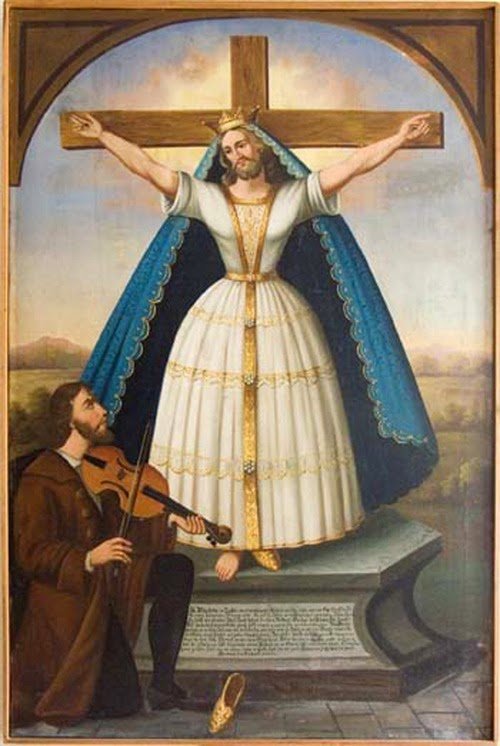
This religious legend dates back to the 15th century. The most generalized version is that its origin had space from the famous image of "Saint Faz" of Lucca; A wooden crucifix placed in a chapel built by Matteo Civitali in 1484. This figure is wearing a long tunic, long hair and a royal crown. Because these images ceased to be embodied by sacred art, since the 11th century, later figures began to be seen as women in martyrdom.
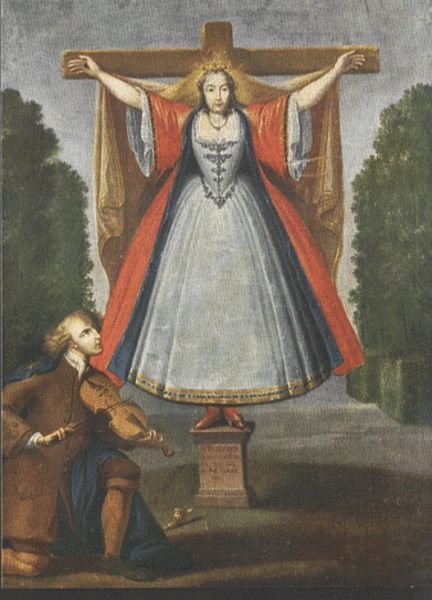
Another story is woven around him: a fiddler passed by his side playing his instrument, the statue let out a small golden boot. Because he was a tramp, he was accused of robbery, to defend him, the image of Wilgefortis appeared and made present — again — the miracle.
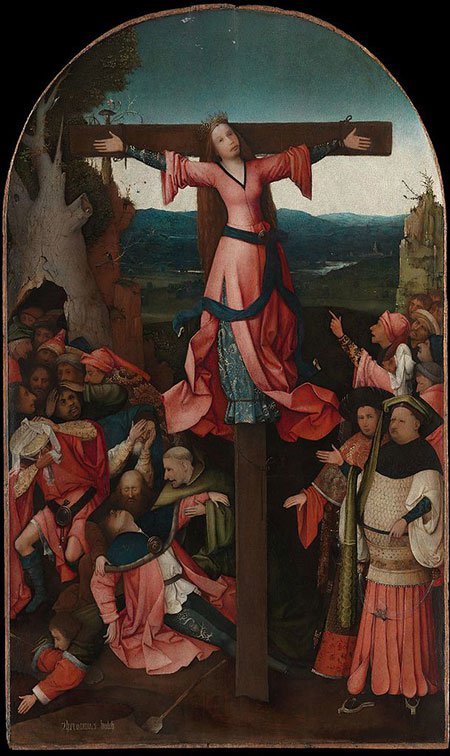
Far beyond the religious sense of this story, within it it is easy to find a terrible lesson: women did not own their decisions; Not even his own sentimental life was a matter of his jurisdiction, they were forced to marry those they did not want, assuming a role of wives that no one had asked if they wanted to adopt. Since then, it became the center of the prayers of women who wished to be freed from marriages.
Because of its popularity, history was developed in different versions throughout the world: in England, for example, it was known as Uncumber. In Austria, as Kümmernis, while in Italy and France it was known as Liberata.
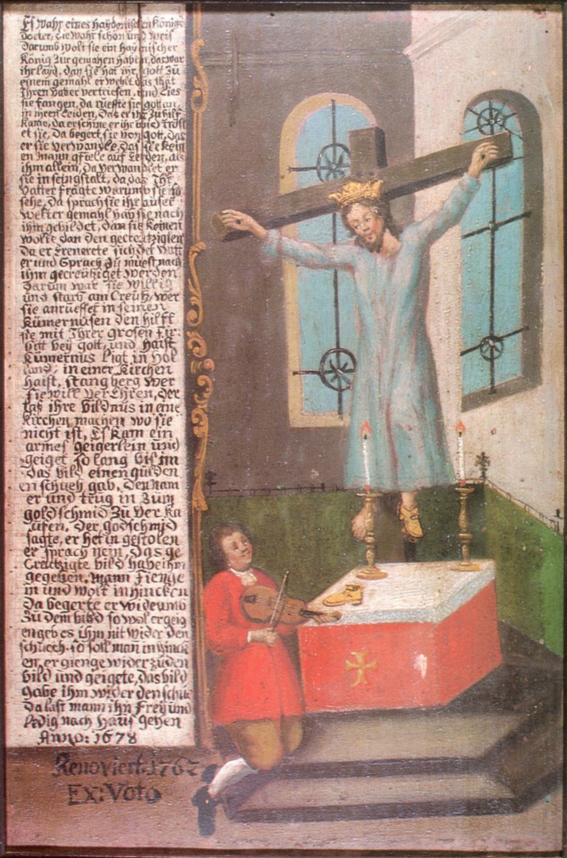
How does a woman's ugliness constitute the only key to freedom? Why the only way you can decide to get married or not is through not being wanted by men?
Also if they have some opinion or some topic that they would like that we publish write in the comments and they will be taken into consideration.
This is your space.
We wait for its support. Vote and share for more content.
This narrative has many grammatical and spelling errors!
" Despite being the daughter of a pagan king of Portugal, he (she) professed the Christian religion. Therefore, he (she) promised to keep his (her) vow of chastity. However, by his (her) father's command, he (she) was obliged to marry a powerful man of the place (palace, i reckon is what you mean) fervently, she objected."
Try to pay more attention to these.
And then, the connect from event to event....Not consistent...
Pay more attention to such errors, they make a story not just confusing, but without meaning. Otherwise, thanks for the effort.